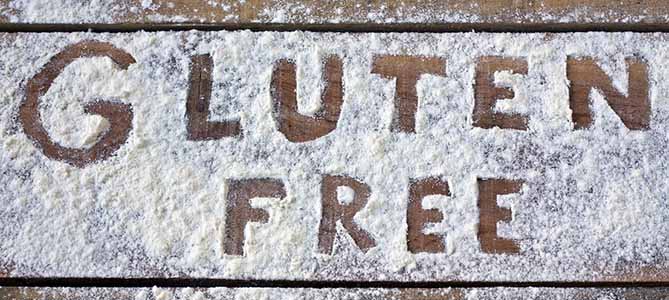
Gluten is a protein found in grains such as wheat, rye and barley. Spelt is a cousin to wheat, and so, contains gluten, although some people with a wheat sensitivity can tolerate spelt. Oats can also be contaminated with gluten, by the harvesting. It’s the glue that holds your bread together and that has started to become a problem for an increasing number of people all across the globe. What was only seen as a problem for coeliacs that have a true allergy to gluten, is now recognised as causing inflammation and digestive disruptions for many who are intolerant.
But why the sudden upsurge in cases?
- Changes in the quality of gluten products available on the market due to hybridization of the grains themselves
- Changes in human gut flora from overexposure to antibiotics throughout our lives and diets devoid of good probiotics leading to “leaky gut syndrome”
- Whether we were breastfed
- Timing of gluten introduction when we were children
- Childhood intestinal infections
- and numerous additional factors we are still discovering.
What we do know is that coeliac disease causes inflammatory damage to the villi in the small intestine while gluten sensitivity causes the body to mount a more generalized immune response against proteins in the gluten, leading to a host of generalized inflammatory conditions.
Here are a few of the symptoms that may indicate further investigation and possible elimination of gluten.
- Chronic nutritional deficiencies, especially iron deficiency anaemia, B vitamins, and Vitamin D deficiency
- Digestive problems including diarrhoea, constipation, gas, bloating, cramping, or reflux
- Arthritis, or joint pain and swelling without a diagnosis of arthritis
- “Brain fog” (memory and concentration problems)
- Depression, anxiety, irritability, behavioural problems in kids
- Weight gain or difficulty achieving weight loss
- Numbness and tingling in the hands and feet
- Autoimmune conditions include Hashimoto’s thyroiditis, inflammatory bowel disease (ulcerative colitis, Crohn’s), rheumatoid arthritis, psoriasis, or vitiligo
- Skin rashes, canker sores, eczema
- Seasonal allergies, chronic sinus problems
- Infertility or certain other gynaecologic problems
 Nutrition Tip: There are plenty of other grains to get your nutrients from like quinoa, millet, buckwheat and gluten free oats. So many gluten free flours are available now, and ground almonds make a great substitute in lots of cake recipes. But be cautious gluten free does not always mean healthy! There are numerous products out there, laden in sugar or hydrogenated fat, with a gluten free label.
Nutrition Tip: There are plenty of other grains to get your nutrients from like quinoa, millet, buckwheat and gluten free oats. So many gluten free flours are available now, and ground almonds make a great substitute in lots of cake recipes. But be cautious gluten free does not always mean healthy! There are numerous products out there, laden in sugar or hydrogenated fat, with a gluten free label.
This information has been brought to you by CNM Naturopathic Nutritionist and Herbalist Colleen Kennedy. Colleen practices at her clinic in Co. Mayo. Visit Colleen’s website for more information. Colleen also lectures at CNM Dublin and Galway based campus.

